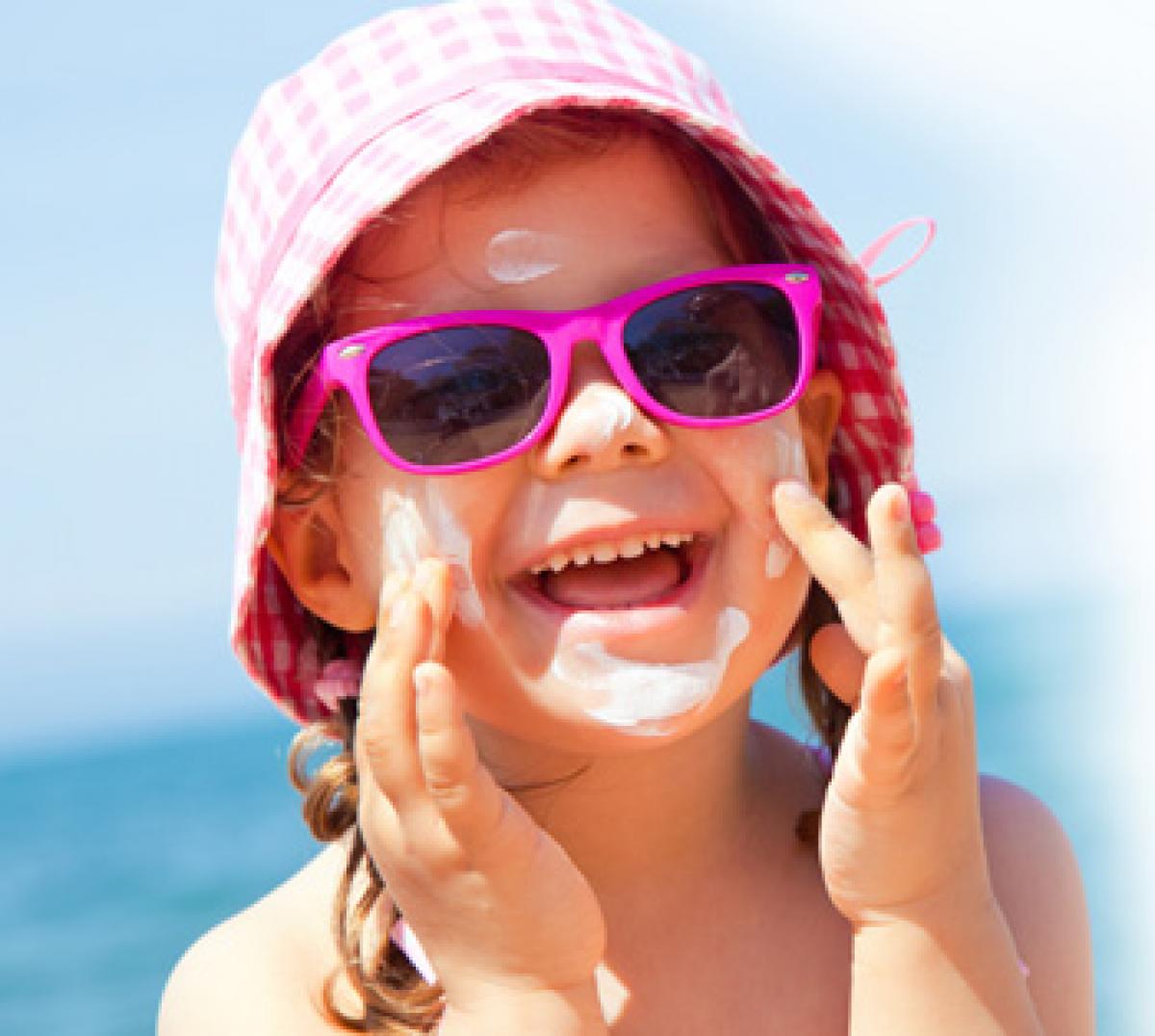Live
- AP to Attract ₹10 Lakh Cr Investment in Green Energy; Chandrababu
- Shiva, Sachin enter quarterfinals of men’s Boxing Nationals
- Clop lacks context, says DIG after video on conception lecture to schoolgirls goes viral
- Kolkata Police investigate Bengal-based NRIs abroad with fake Indian passports
- Chandrababu extends Sankranti greetings to Telugu people
- Piyush Goyal urges cleantech sector to go for self-sustaining innovations
- Yogi flags off 100 new buses for Mahakumbh devotees
- Yemen's Houthis to 'pay heavy price' for attacking Israel, warns Netanyahu
- Yogi inaugurates UP Darshan Mandapam
- AAP, BJP cross swords over Purvanchali voters
Just In

Exposure of skin to the sun leads to sun tan, sun burn and many other issues. When the skin is exposed to harmful ultraviolet rays, there are several long-term effects, like early formation of lines and wrinkles on the skin apart from tanning. Dark spots or patches are also common complaints.
UVA rays are a major contributor to skin damage; using a sunscreen the right way is essential to protect the skin
Exposure of skin to the sun leads to sun tan, sun burn and many other issues. When the skin is exposed to harmful ultraviolet rays, there are several long-term effects, like early formation of lines and wrinkles on the skin apart from tanning. Dark spots or patches are also common complaints.
The skin must be protected with a broad-spectrum sunscreen, which provides protection from both UV-A and UV-B rays of the sun. But first, what are UV rays? The sun’s ultraviolet rays are divided into categories based on the wavelength. The UVC rays are almost completely absorbed by the ozone layer and do not affect the skin. UVB affects the outer layer of skin and is mainly responsible for sunburns. It is the most intense between the hours of 10am and 2pm when the sunlight is brightest.
Protection from these rays is key. A sunscreen is a product which forms a protective cover between the skin and the sun’s rays, while a broad-spectrum sunscreen is one which provides protection from both UV-A and UV-B rays. Both UV-A and UV-B radiation can cause skin damage, including premature ageing signs.
Use it right:
It is essential to apply sunscreen, not only on the face, but also on all exposed areas. The back of the neck and arms are extremely vulnerable to sun damage too. The sunscreen should be applied about 20 minutes before sun exposure. If you happen to be in the sun for more than an hour, you should re-apply the sunscreen.
A sunscreen with SPF 15 to 20 is adequate for most skin types, but if the skin is more sensitive and tends to burn easily, one should use a sunscreen with a higher SPF of 30 or 40. Avoid rubbing the sunscreen into the skin. It is better to pat it on.
Sun exposure can also cause loss of moisture from the skin. However, most sunscreens have built-in moisturizers. So, it is not necessary to apply both moisturiser and sunscreen, unless the skin is very dry. Remember to apply sunscreen while swimming, holidaying by the sea or in the hills. Reflective surfaces, like water and snow actually increase the effects of UV rays.
For oily skin, look for an “oil-free” product, or apply a sunscreen lotion, rather than a sunscreen cream. Add a drop of water to it, to provide a lighter coverage. If the skin is very dry, apply a sunscreen cream. Or, you can apply a moisturising cream first. Wait for a few minutes and then apply the sunscreen.

© 2025 Hyderabad Media House Limited/The Hans India. All rights reserved. Powered by hocalwire.com







